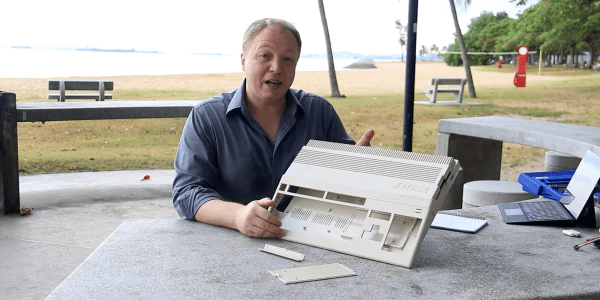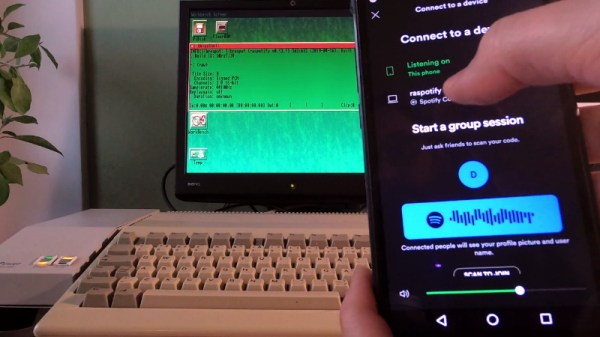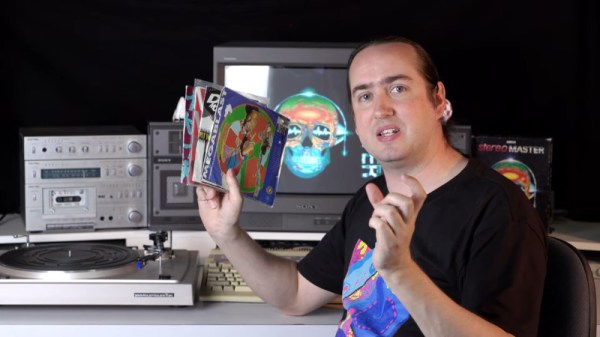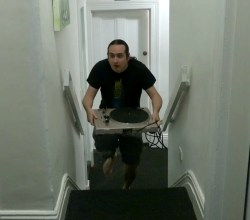The Commodore 64 has been pulled apart, reverse engineered, replicated, and improved upon to no end over the last four decades or so. The Amiga 500 has had less attention, in part due to its greater level of sophistication. However, you can now order a brand-new Amiga-compatible PCB if you’re looking to put together a machine from surplus parts.
The design is known as Denise, and is apparently the work of an anonymous Swedish designer according to the Tindie listing. It’s not a direct replica of any one Amiga machine. Instead, it’s best described as “a compact A500+ compatible motherboard with two Zorro2 slots and a few additional features.”
Denise is just a PCB, though. No emulated chips or other components are included. To use the PCB, you’ll need a full set of Amiga custom chips and a suitable Motorola 68000-series CPU to suit. It can be used with either OCS or ECS chipsets. At this stage, it’s only verified to work with the 2MB version of the Agnus chip, though the creators believe it should work with a 1MB “Diet Agnus.” Some modern conveniences are on hand, too. A pair of microcontrollers will allow the use of Amiga or PC keyboards, along with Amiga or PS/2 style mice, including support for scroll wheels.
Given the number of damaged, battered, and corroded Amiga PCBs out there, it’s great that there is a source of fresh, new PCBs for restoration purposes. Video after the break.



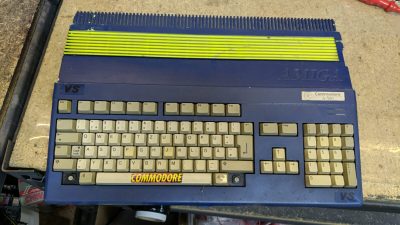
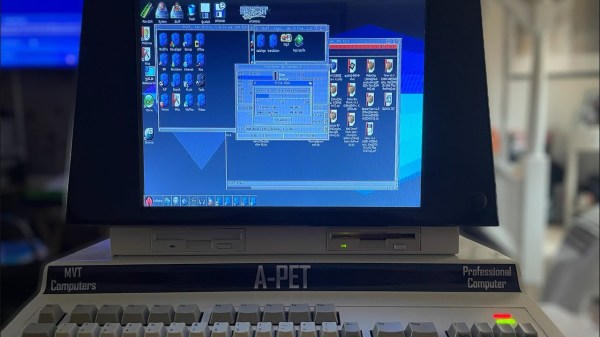
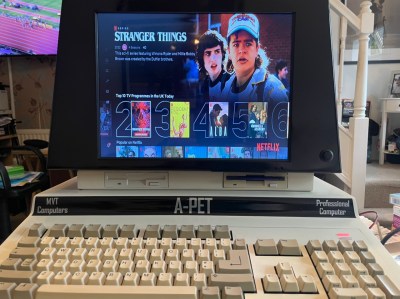 The case design started with measurements taken from an original Commodore PET, of which [Mjnurney] has three. Then, it was modified and extended to make room for a proper keyboard. The case also mounts a 14″ IPS display, two 15W speakers, and a gas strut enabling the case to be propped open for easy maintenance. It’s actually made out of real sheet metal, too!
The case design started with measurements taken from an original Commodore PET, of which [Mjnurney] has three. Then, it was modified and extended to make room for a proper keyboard. The case also mounts a 14″ IPS display, two 15W speakers, and a gas strut enabling the case to be propped open for easy maintenance. It’s actually made out of real sheet metal, too!